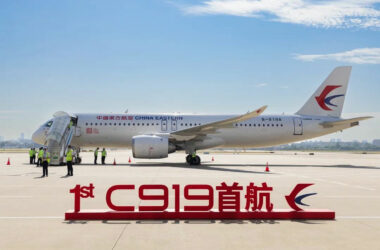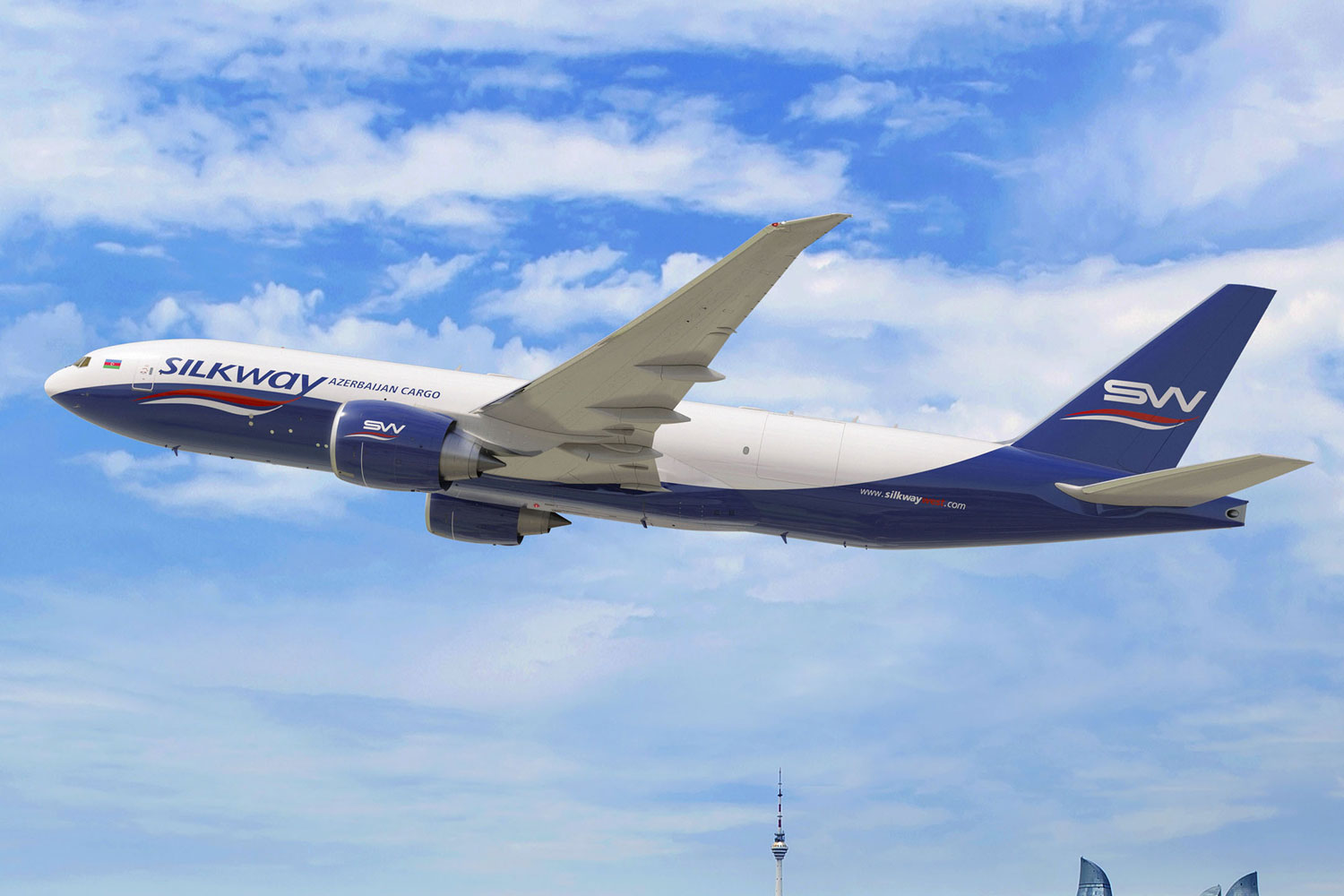The most demanded commercial aircraft in the air travel market, narrowbody jets reign supreme on flights of up to 4,200 km (3,650 nm), shows a study by IATA, the International Air Transport Association.
Jets such as the Boeing 737 and the Airbus A320 and their derivatives are only surpassed by widebodies on medium and long-haul routes, but even this niche is threatened with the future debut of the A321XLR, which can fly up to 8,700 km non-stop.
The ultra-long-range variant will enter service in November with Iberia. Initially, these will be routes from Madrid to Washington and Boston, in the United States, but it is expected that the aircraft will begin to replace large planes over longer distances.
Follow Air Data News: WhatsApp | Google News | Instagram | LinkedIn | Twitter | Facebook

The peak supply of seats in air travel, however, is between cities 300 to 1,200 km away, according to IATA. This is where narrow-bodies stand out the most, with an offer almost 10 times greater than regional jets.
Interestingly, in the 600 km range, carriers operate all types of aircraft, from turboprops to widebodies.
According to the association, the high demand for short flights has led airlines to place large aircraft on these routes.

But the expansion of the presence of narrowbodies is the strongest phenomenon at the moment. With more efficient aircraft like the 737 MAX and A320neo, many airlines are replacing expensive widebodies on intercontinental routes.
“Prior to the pandemic, the average distance traveled by narrow and widebody jets grew at the same pace, reflecting the expansion of the international network. Today, narrowbody jets have outpaced their larger counterparts in that same race,” IATA wrote.






